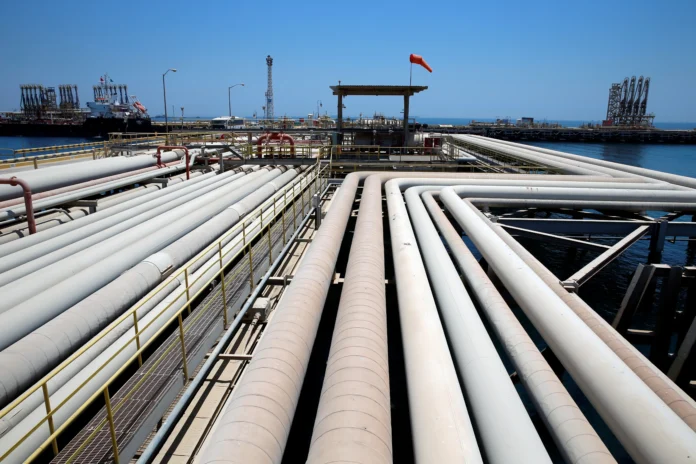Saudi Arabia’s economy grew by 3 percent in the first quarter, reaching $588.1 billion. Non-oil growth drives the economy forward, reflecting strong performance outside the oil sector. Moreover, non-oil sectors now contribute 73.2 percent of GDP, up from 70.6 percent previously. This shift highlights the kingdom’s increasing reliance on diverse economic activities.
Furthermore, the government expects medium-term growth to remain strong. Experts predict GDP growth of 3.2 percent this year, and they also expect a rise to 4.5 percent next year. In addition, non-oil sectors such as finance, construction, and manufacturing continue to support the kingdom’s resilience against global economic uncertainty. Non-oil growth drives the economy forward as more companies expand their operations beyond oil.
Saudi Arabia anticipates real GDP growth of 4.6 percent next year. This growth results from stronger domestic demand, improved employment rates, and rising private consumption. Consequently, the government also expects higher levels of investment. In other words, non-oil growth drives the economy forward as businesses across different sectors contribute more to GDP.
The Ministry of Finance reports that non-oil activities are growing by 5 percent. In addition, this growth benefits trade, manufacturing, and real estate. Meanwhile, private companies also gain from increased consumer spending. These improvements reinforce Saudi Arabia’s stable economic environment and long-term growth potential.
Similarly, neighboring UAE shows strong economic performance. Its real GDP increased by 3.9 percent in the first quarter. Moreover, trade leads the UAE’s non-oil economy, contributing 15.6 percent of GDP. Finance and insurance follow at 14.6 percent, manufacturing at 13.4 percent, construction at 12 percent, and real estate at 7.4 percent. As a result, non-oil growth drives the economy forward, ensuring both countries remain competitive globally.
Overall, the GCC region displays similar trends. Rising non-oil activities form the backbone of economic growth, and governments continue to promote diversification. Furthermore, investors gain confidence as private consumption and employment steadily improve. Therefore, non-oil sectors remain essential for sustainable development.
Saudi Arabia’s economic strategy focuses on sustainable non-oil growth. Policymakers aim to strengthen industries such as tourism, finance, and technology. Consequently, this approach ensures long-term economic stability and positions the kingdom ahead of global growth averages. Analysts see diversification as the key to future prosperity.
In conclusion, Saudi Arabia’s GDP growth highlights the increasing role of non-oil sectors. Policymakers expect continued expansion supported by domestic demand and investments. Above all, non-oil growth drives the economy forward, securing a stable and resilient future.


